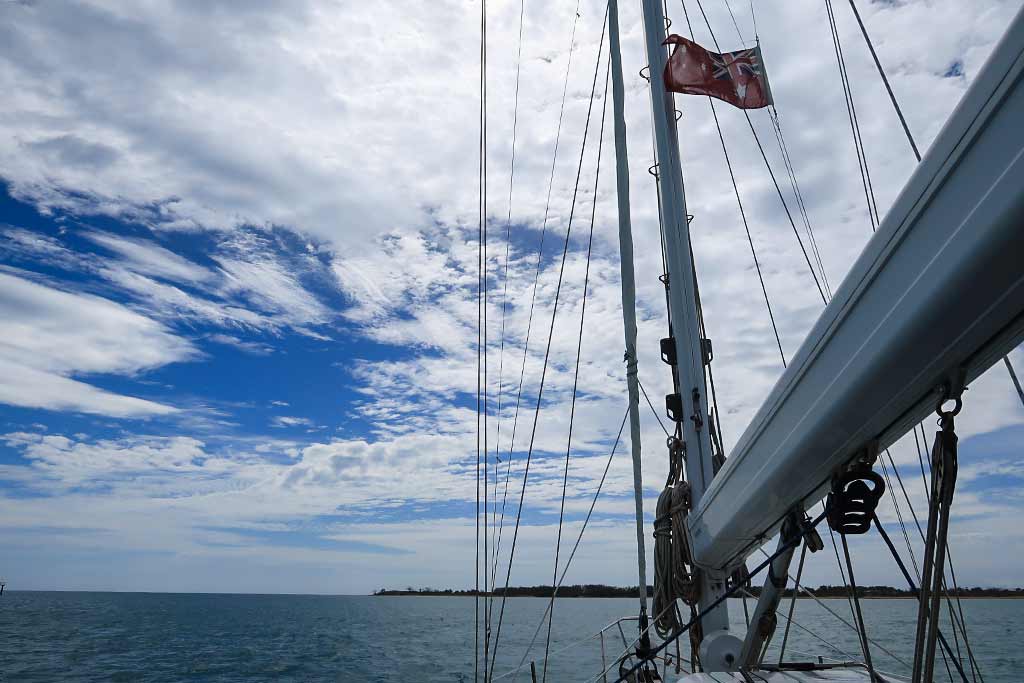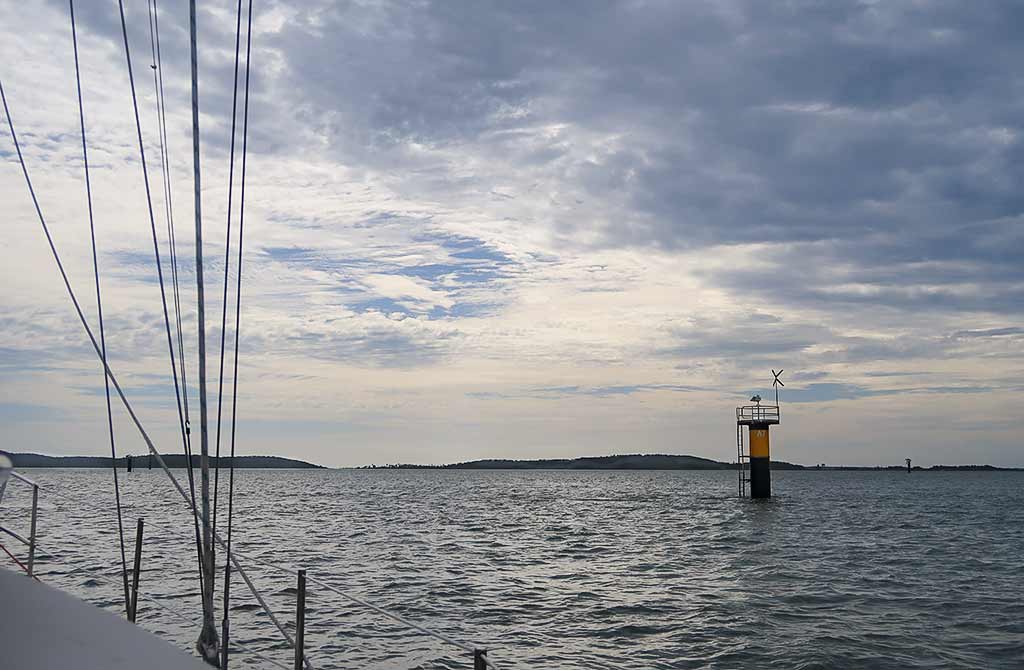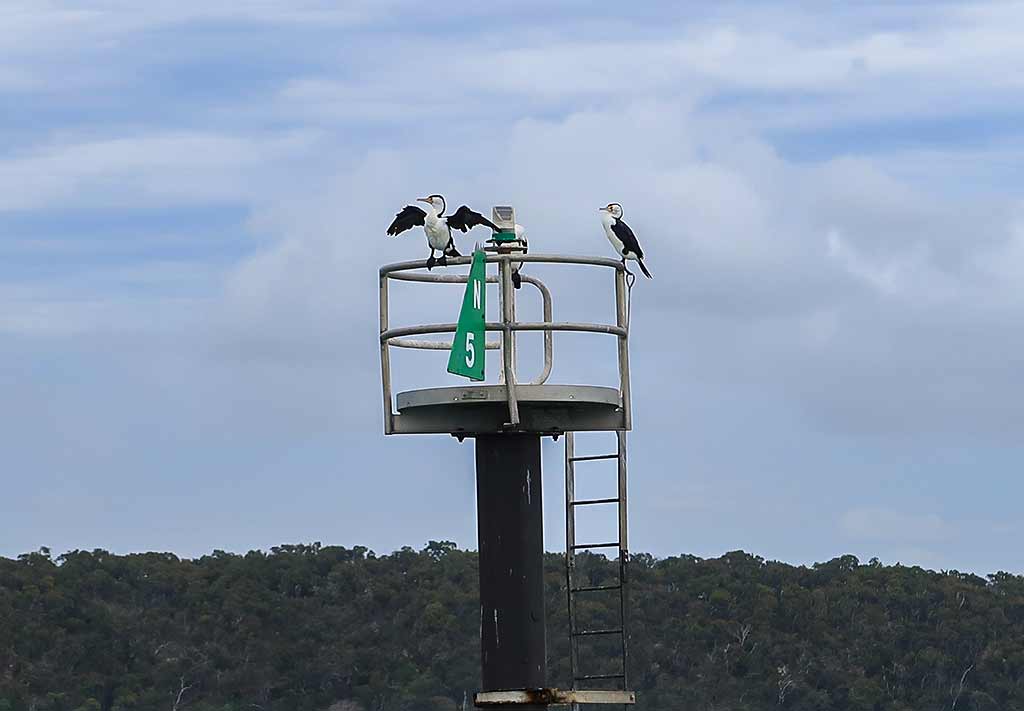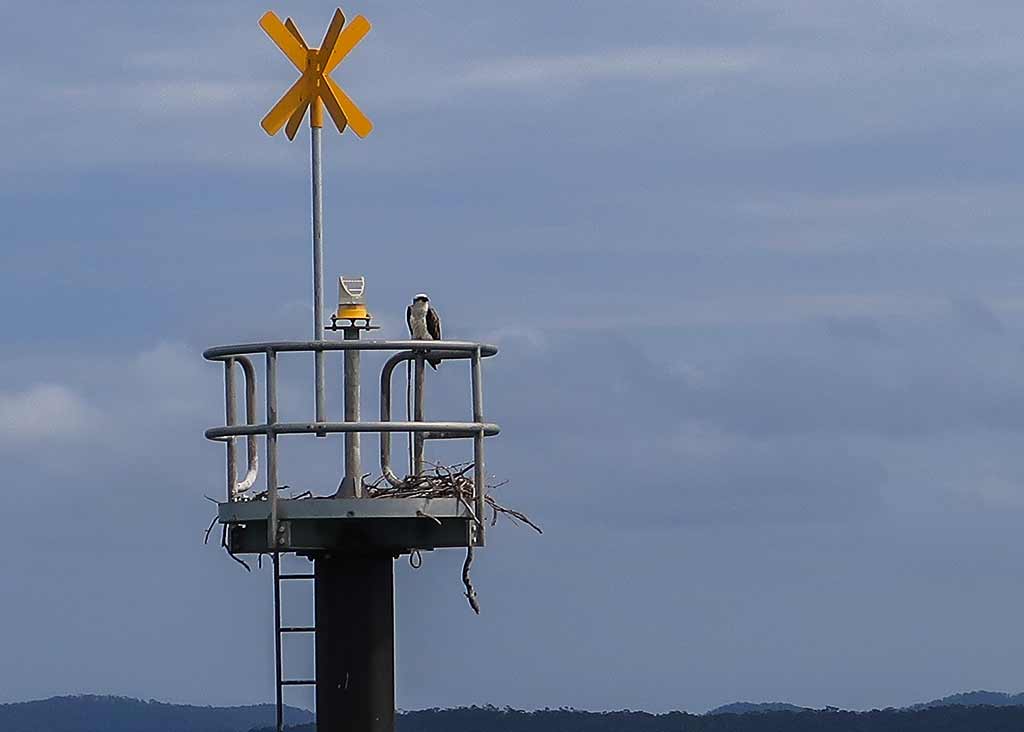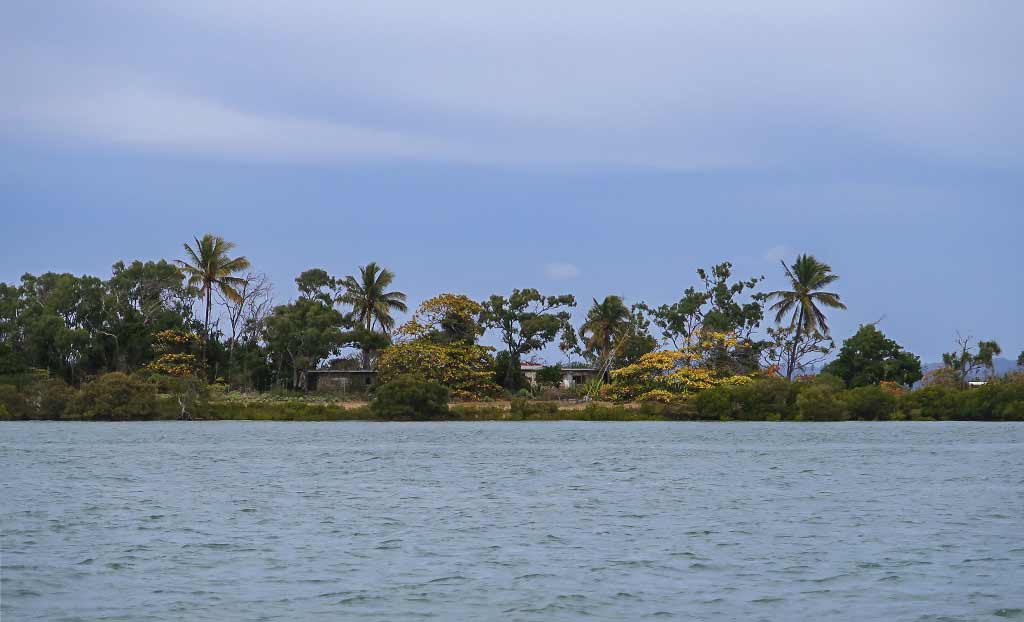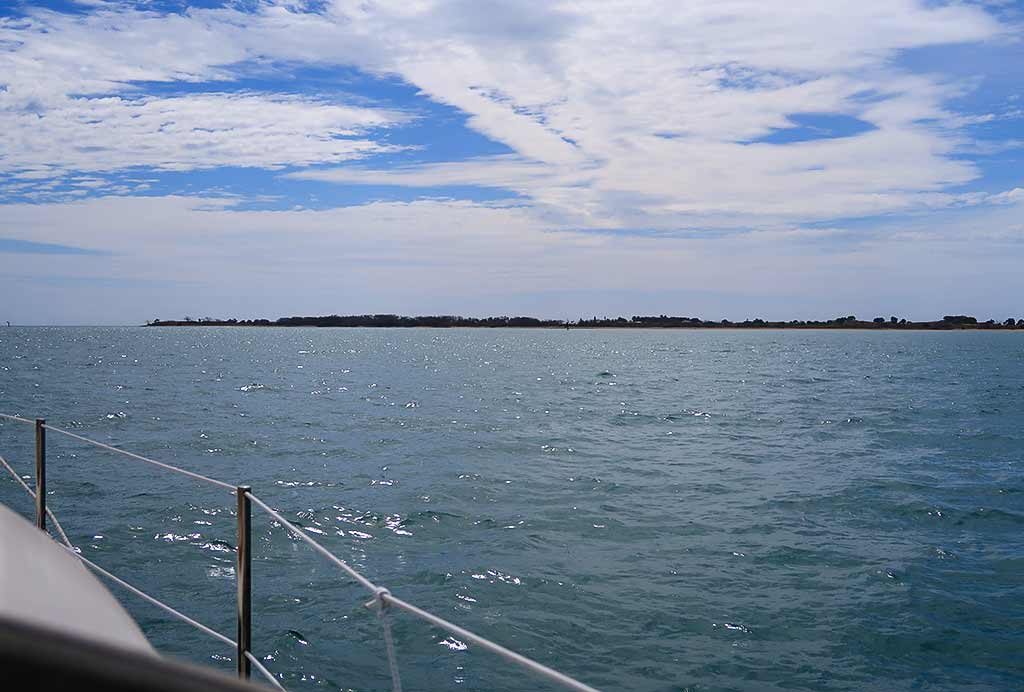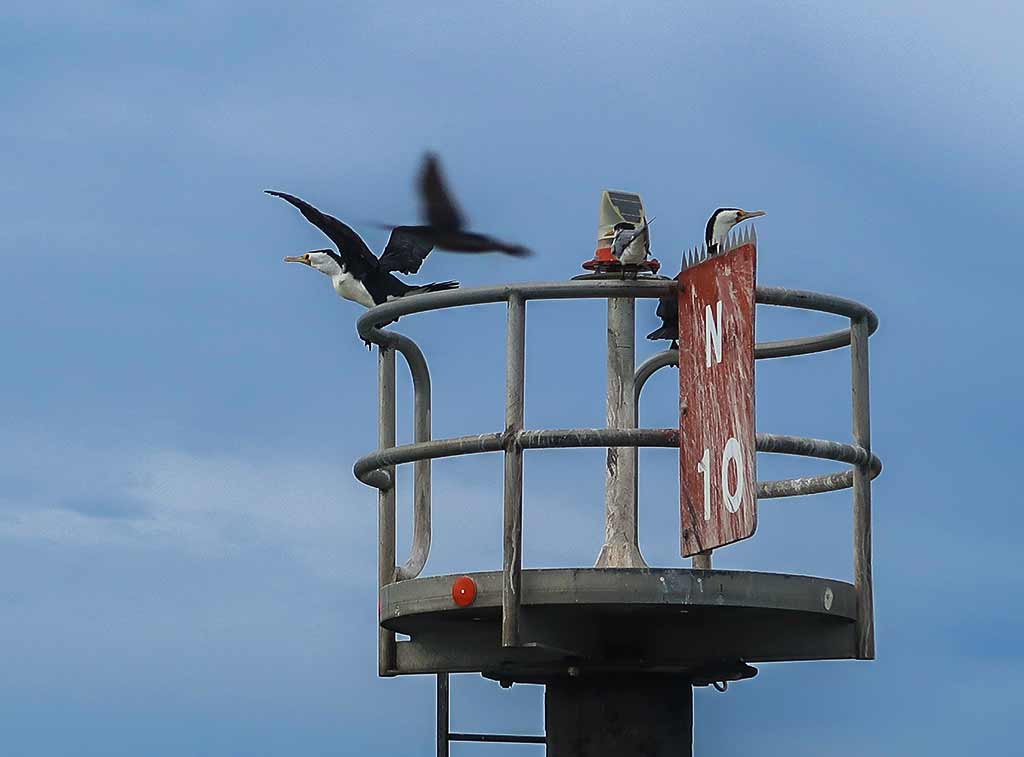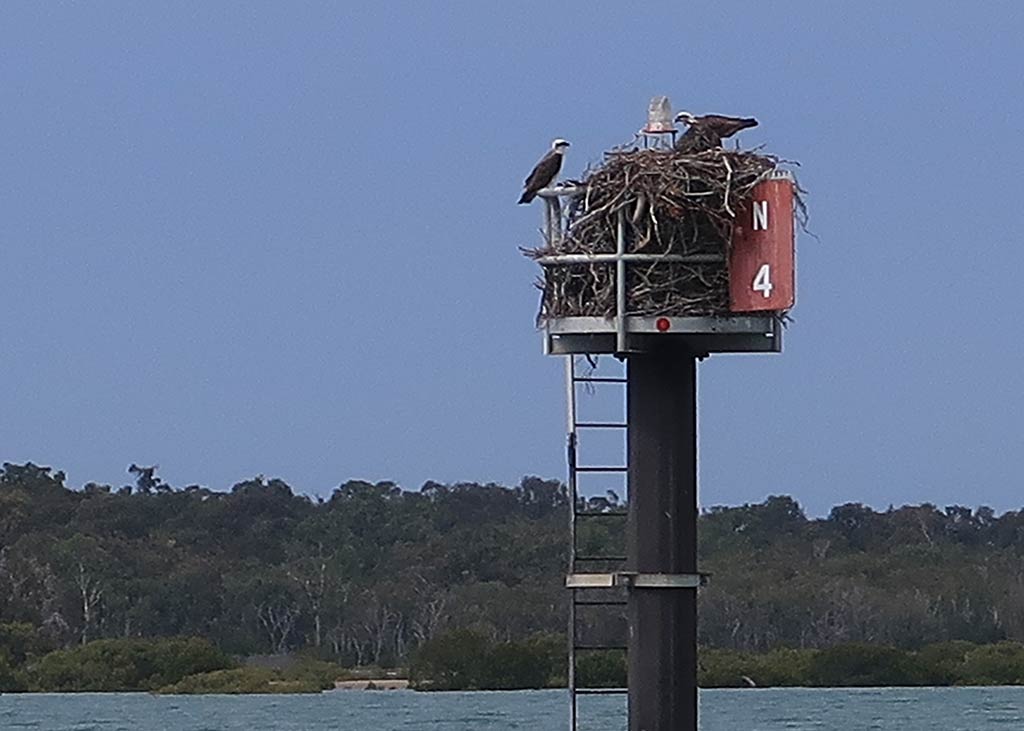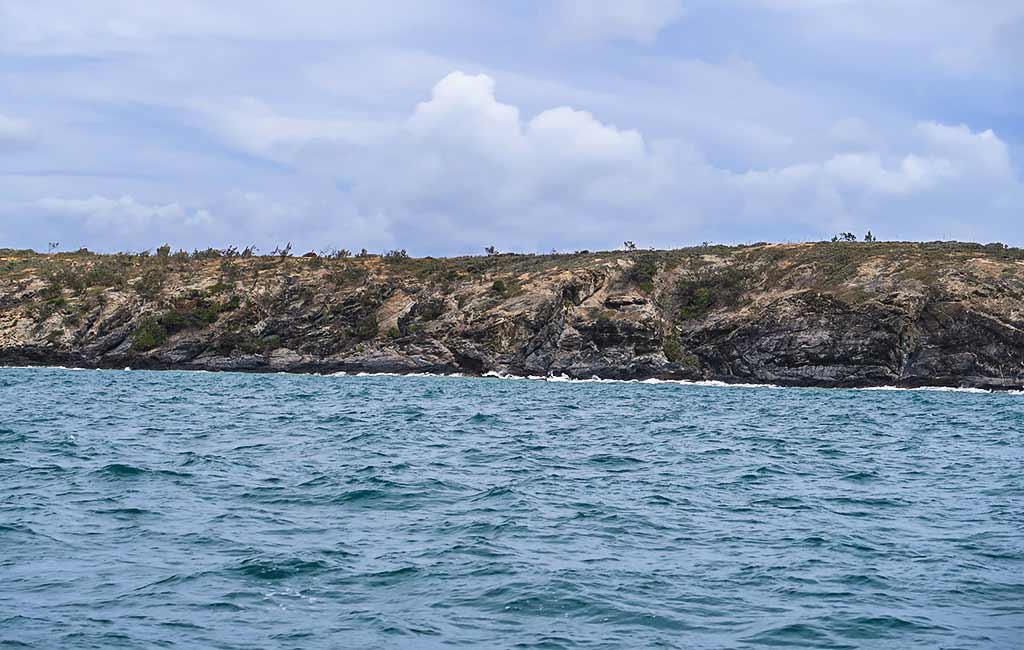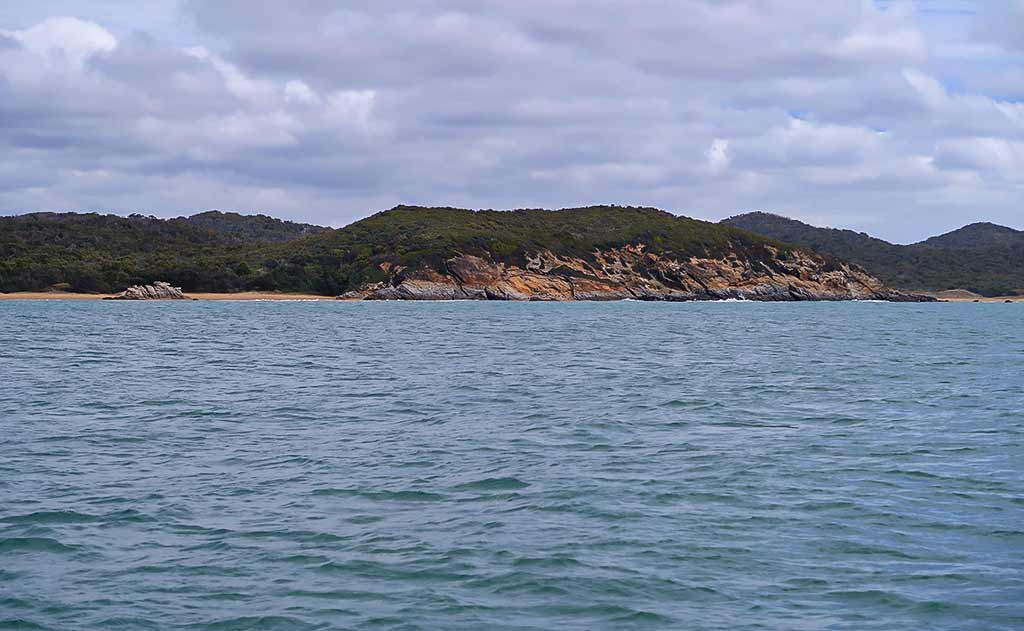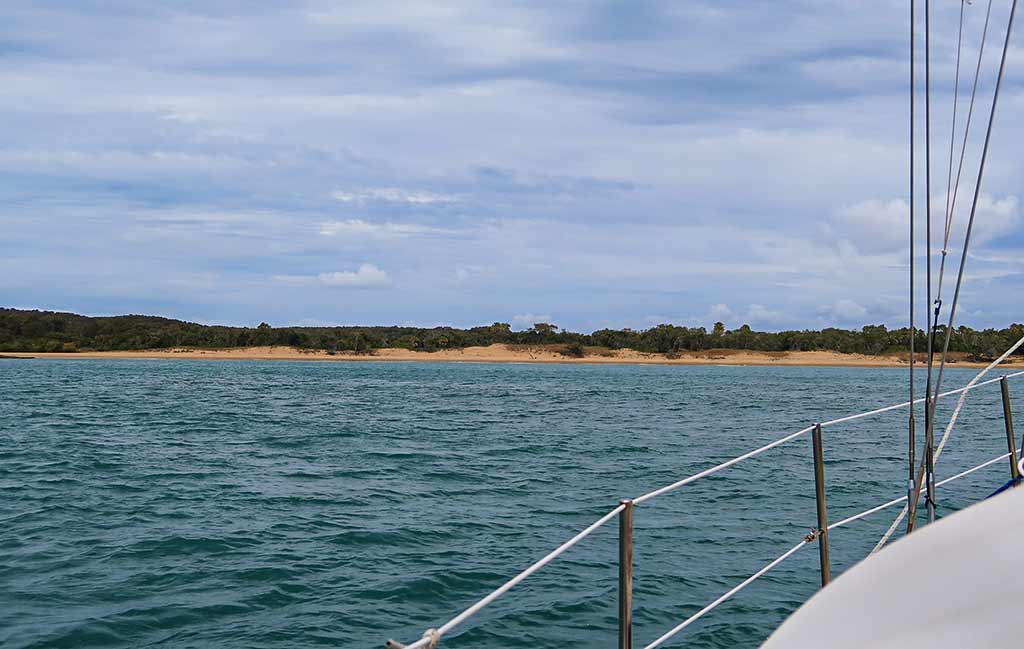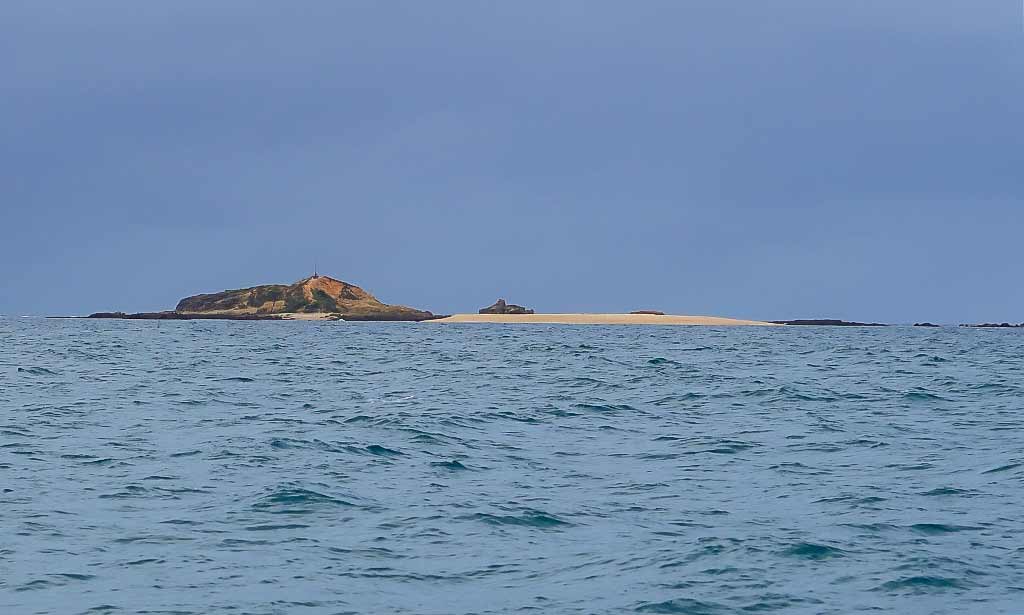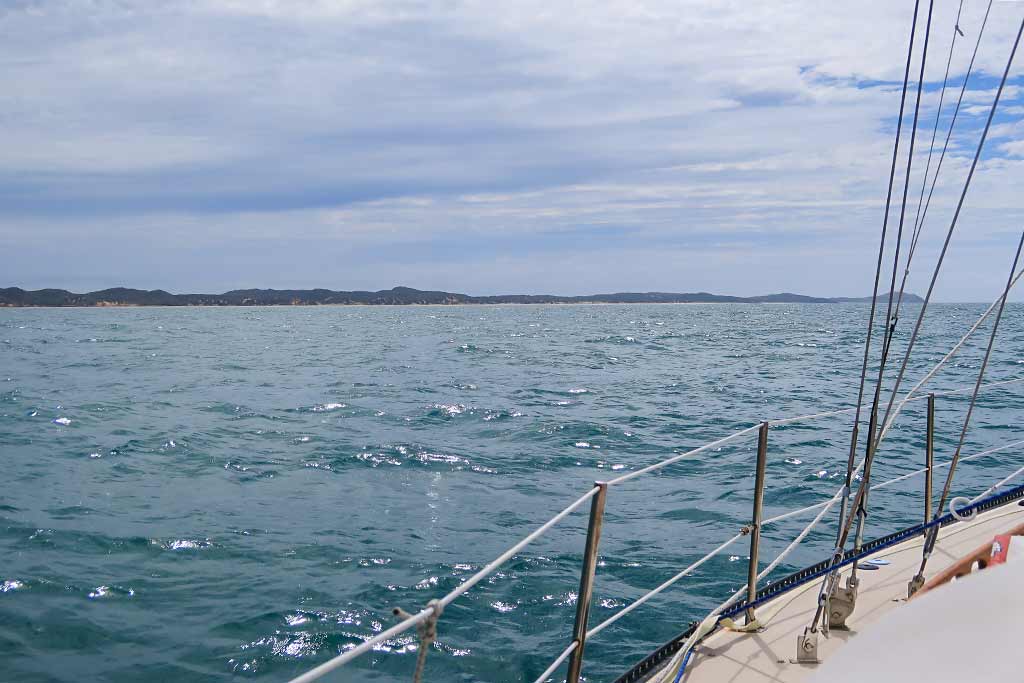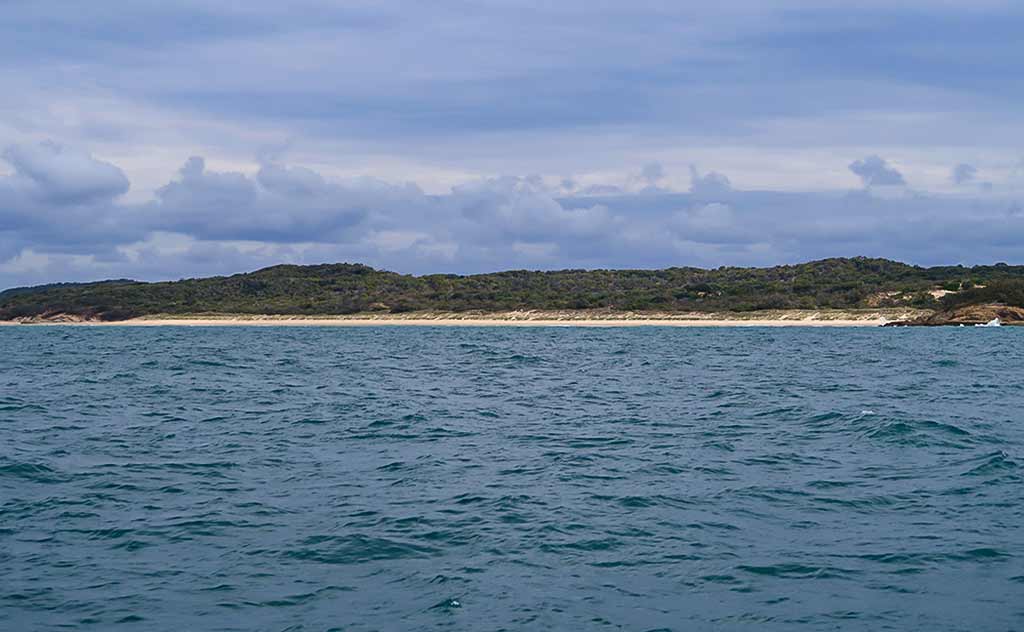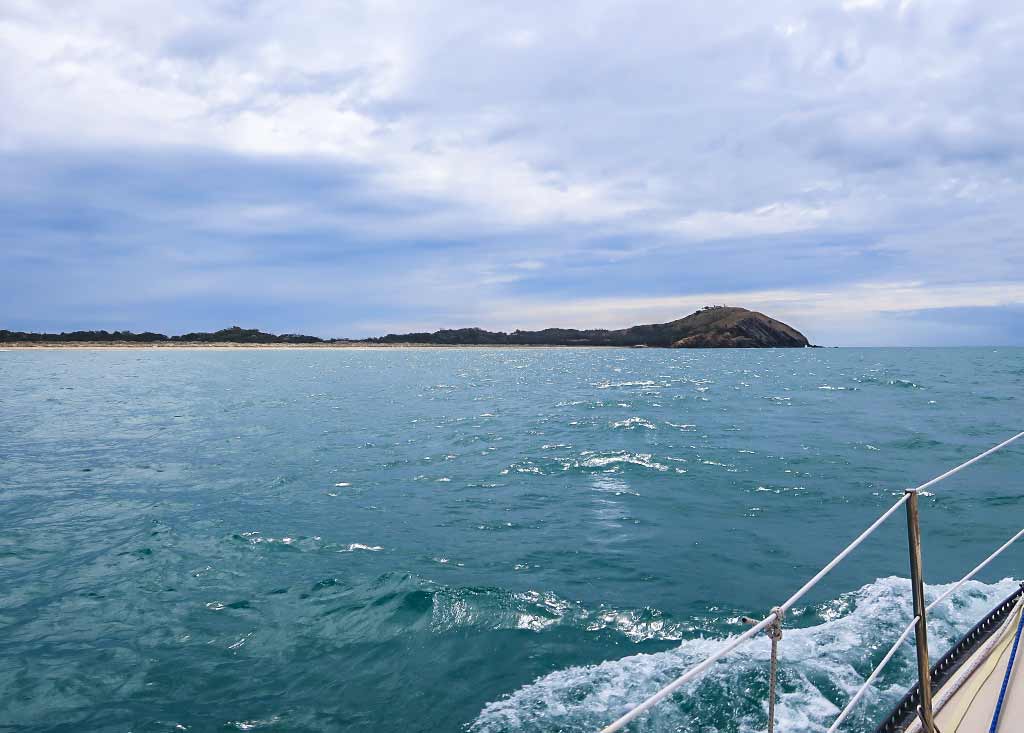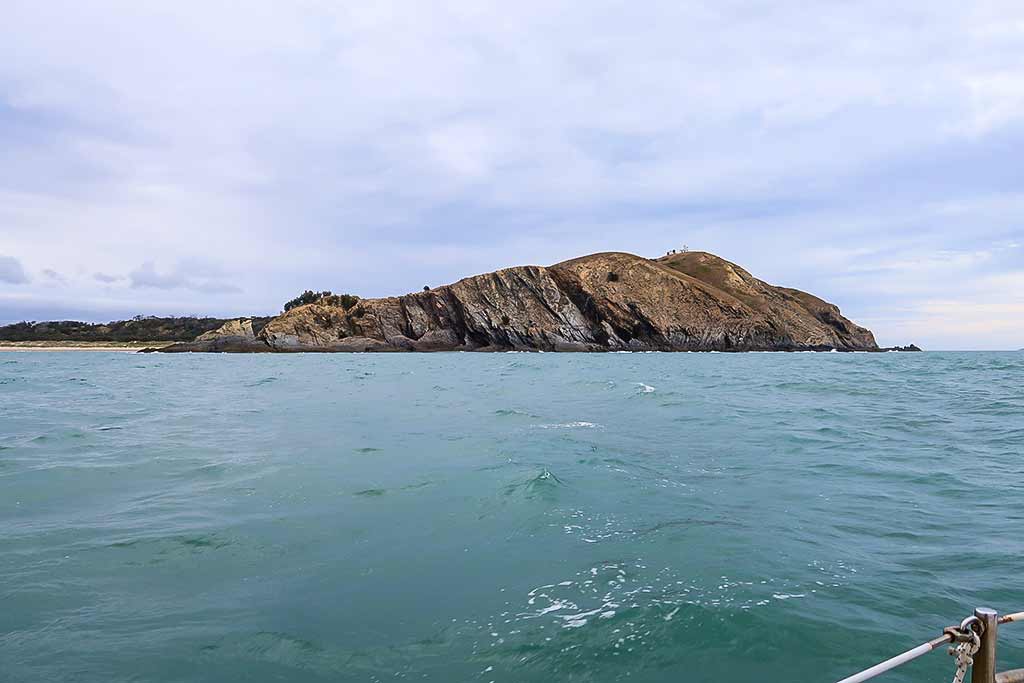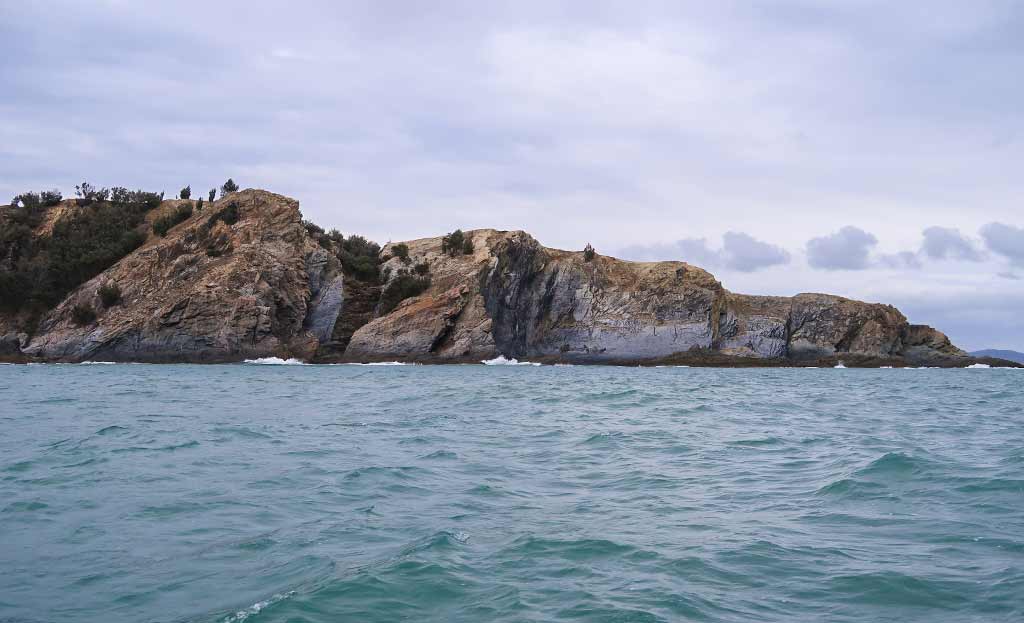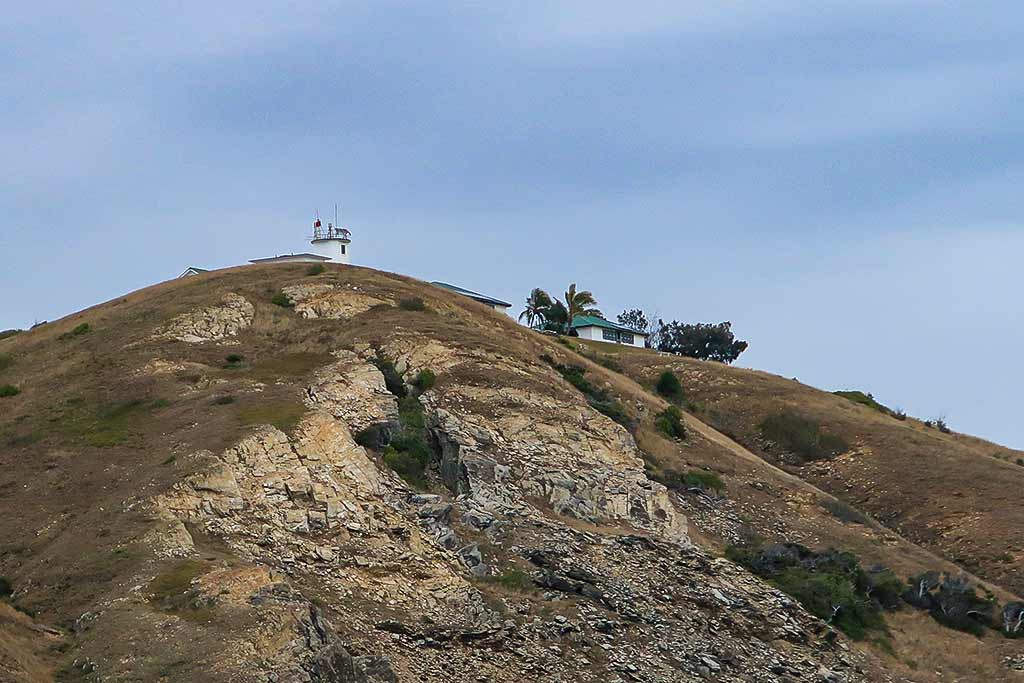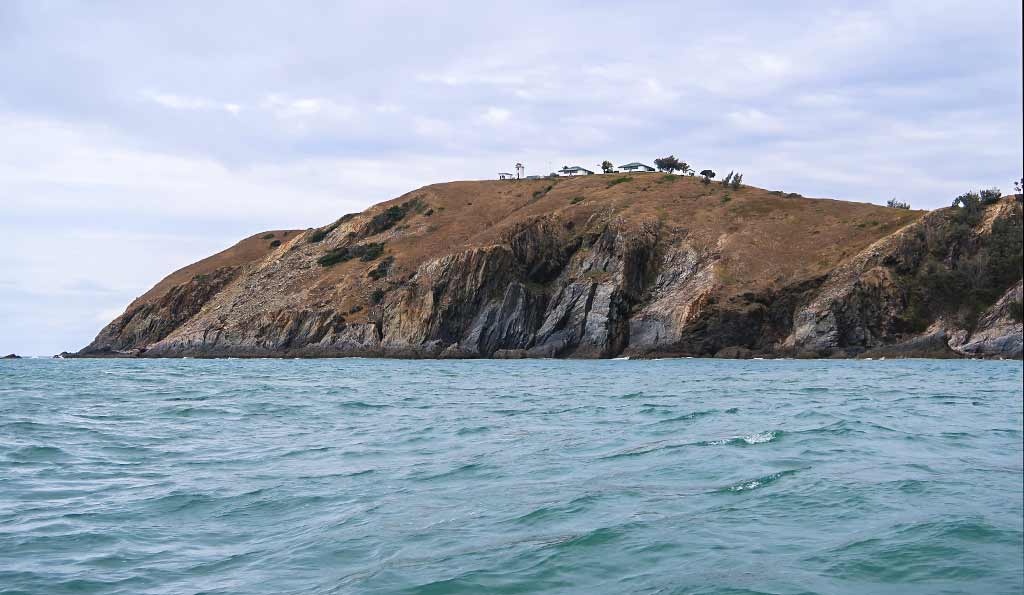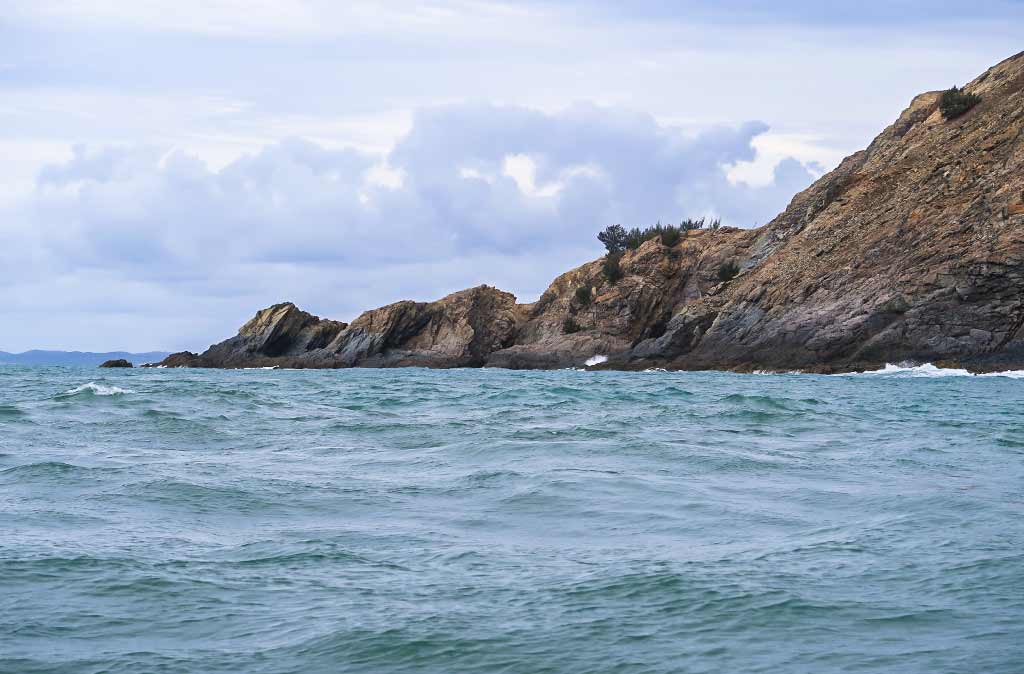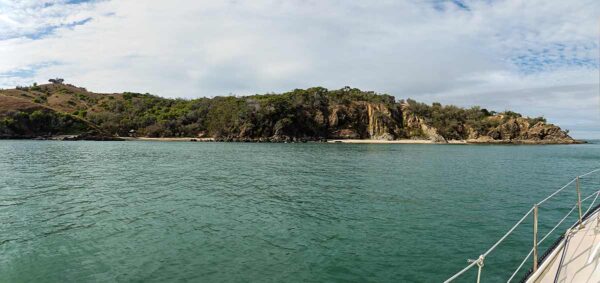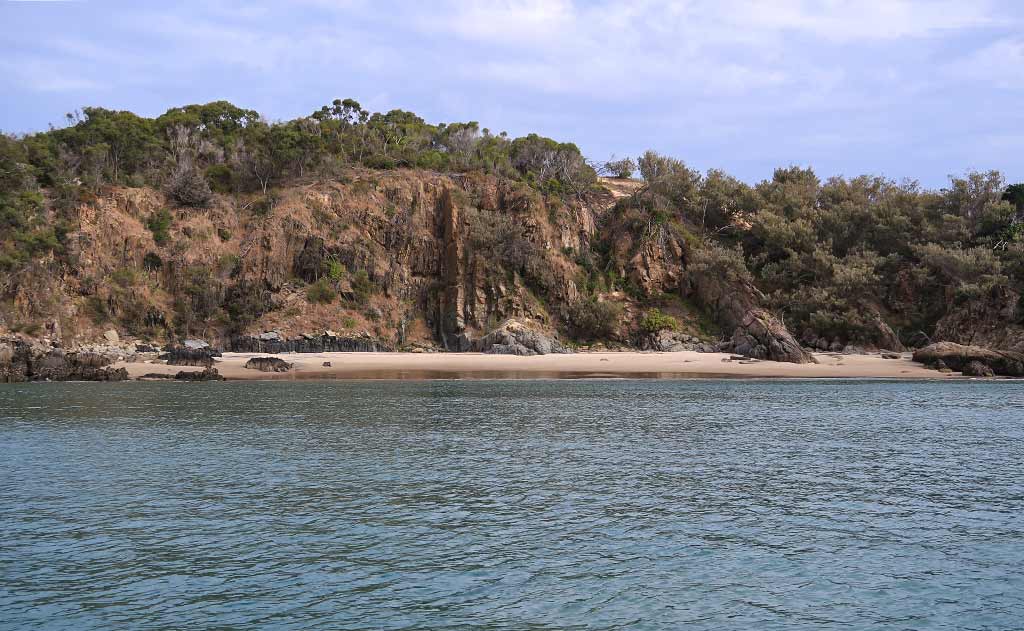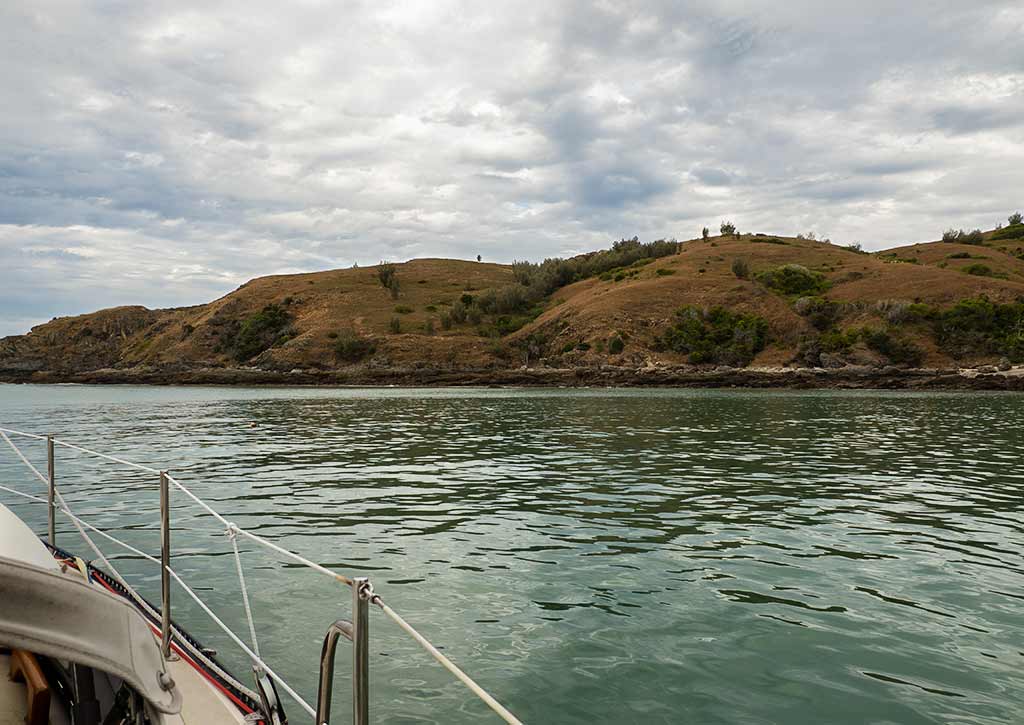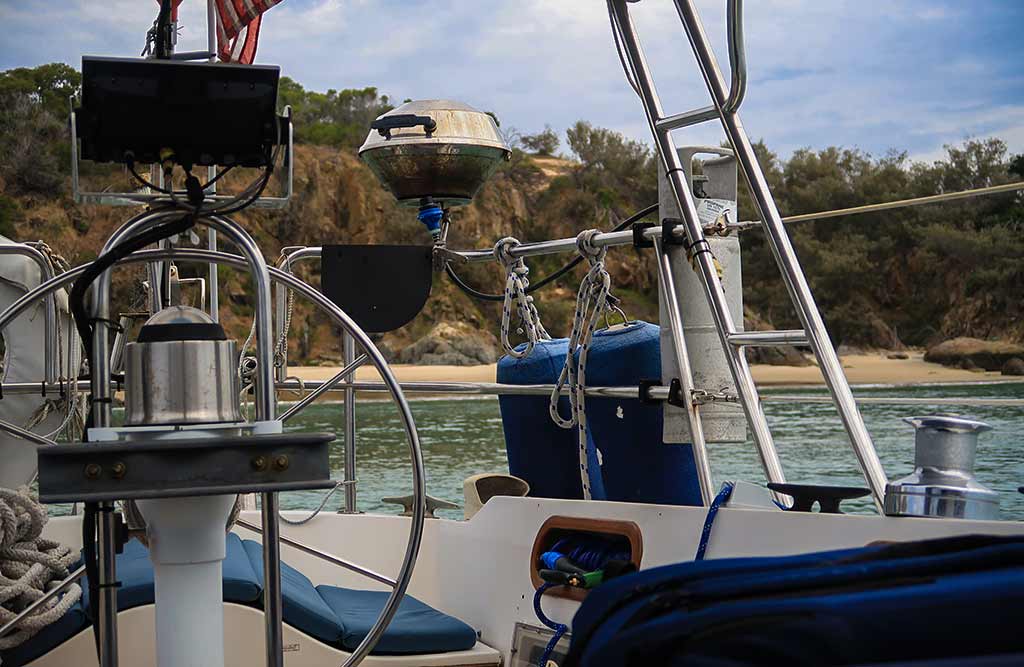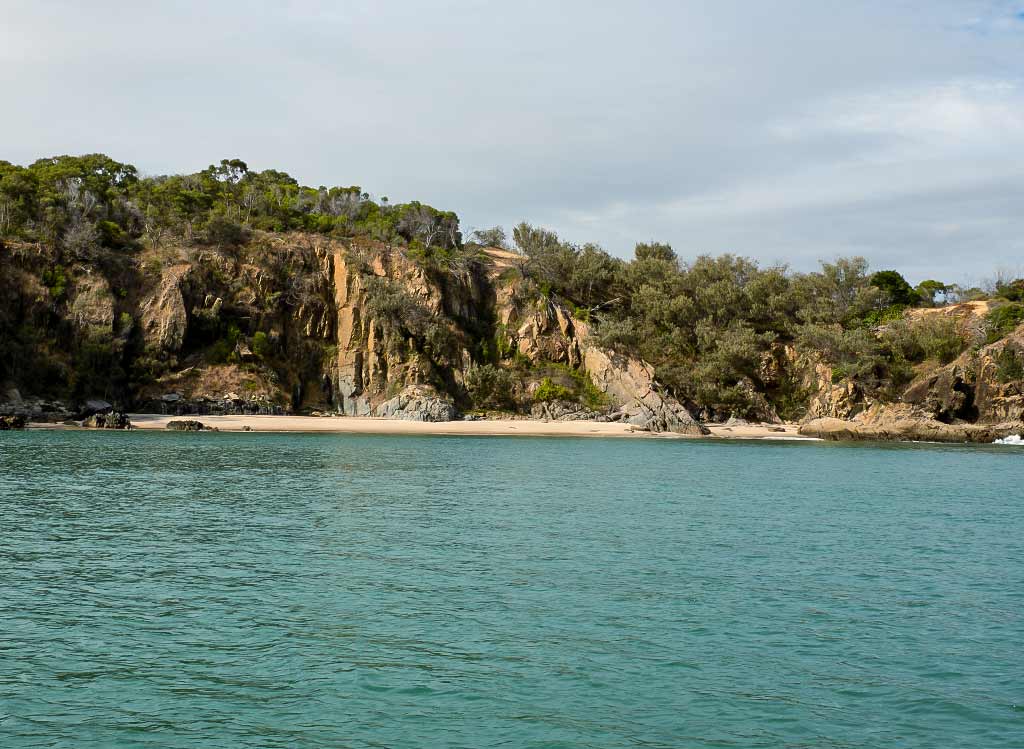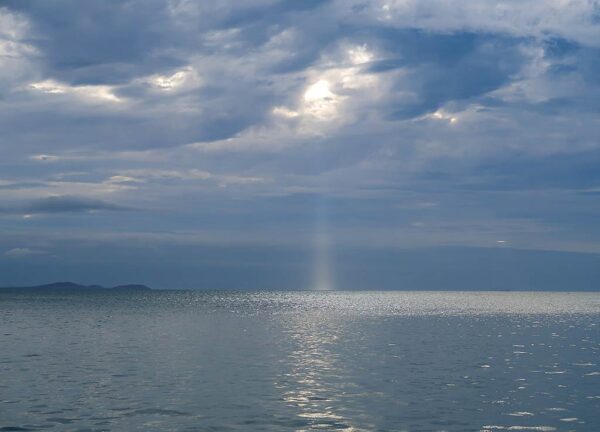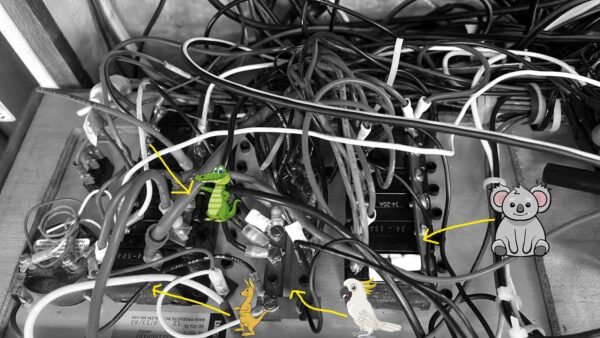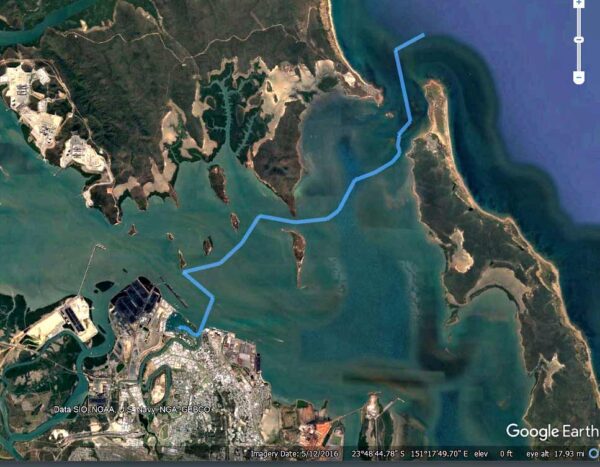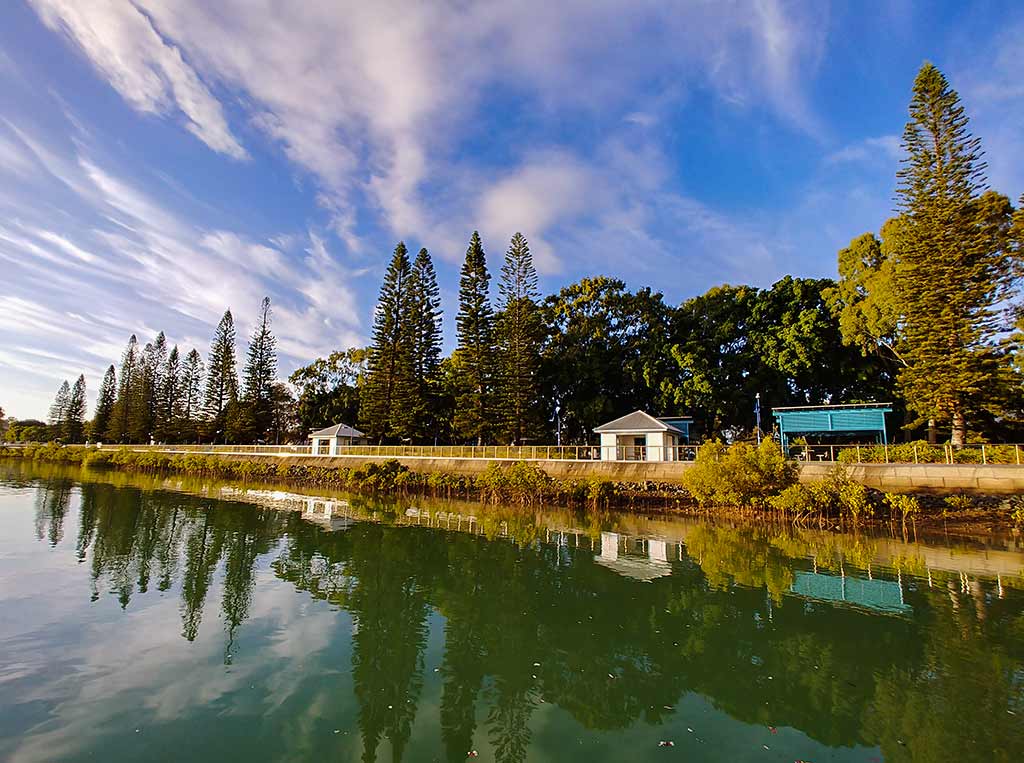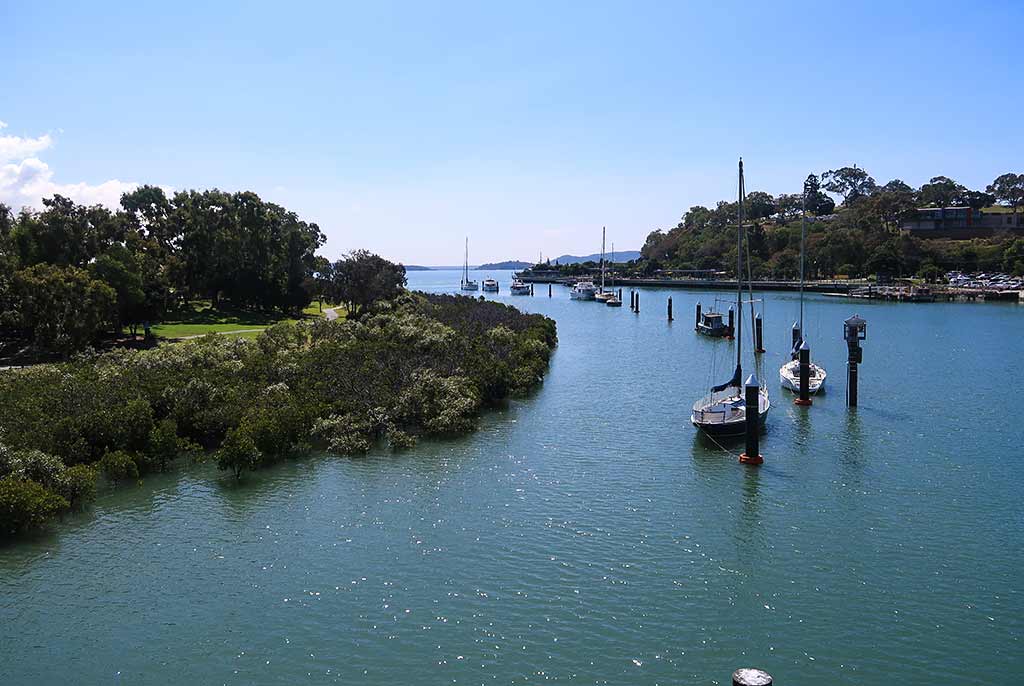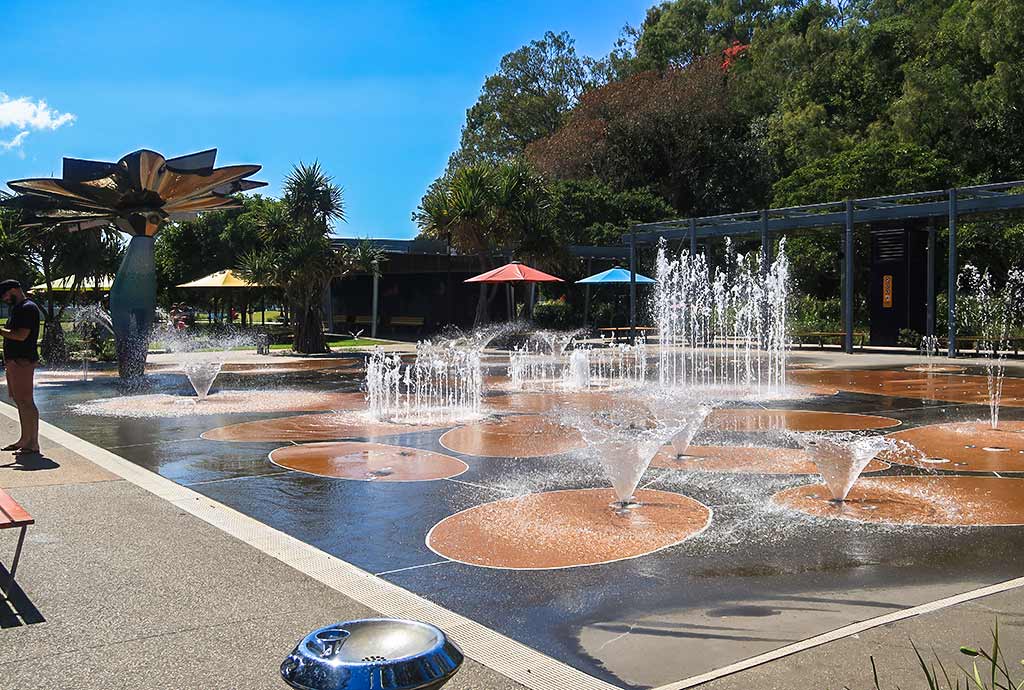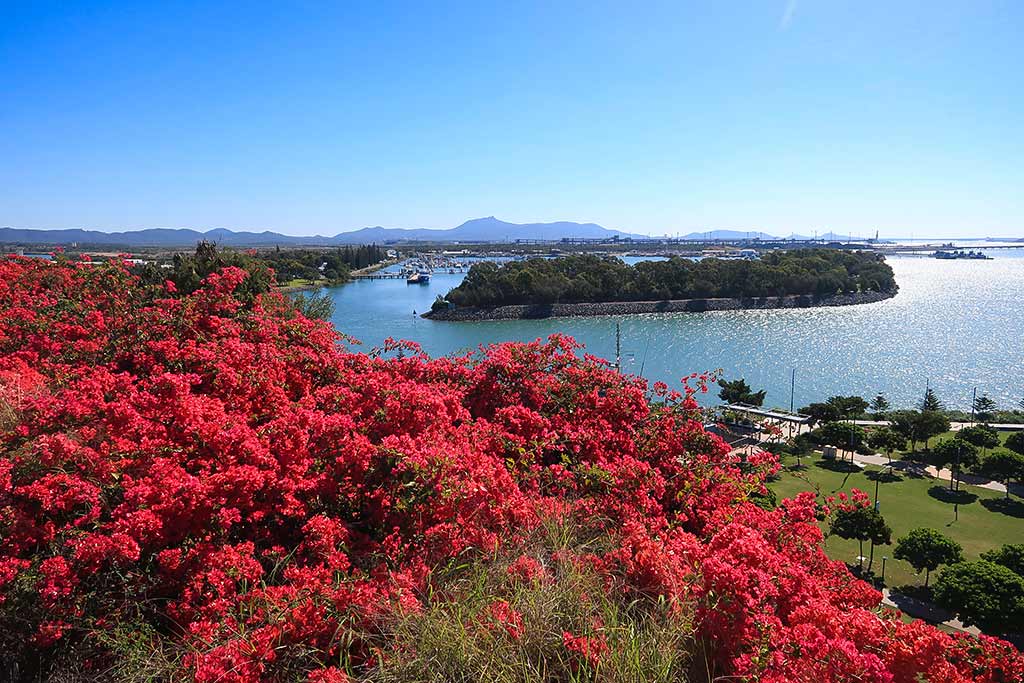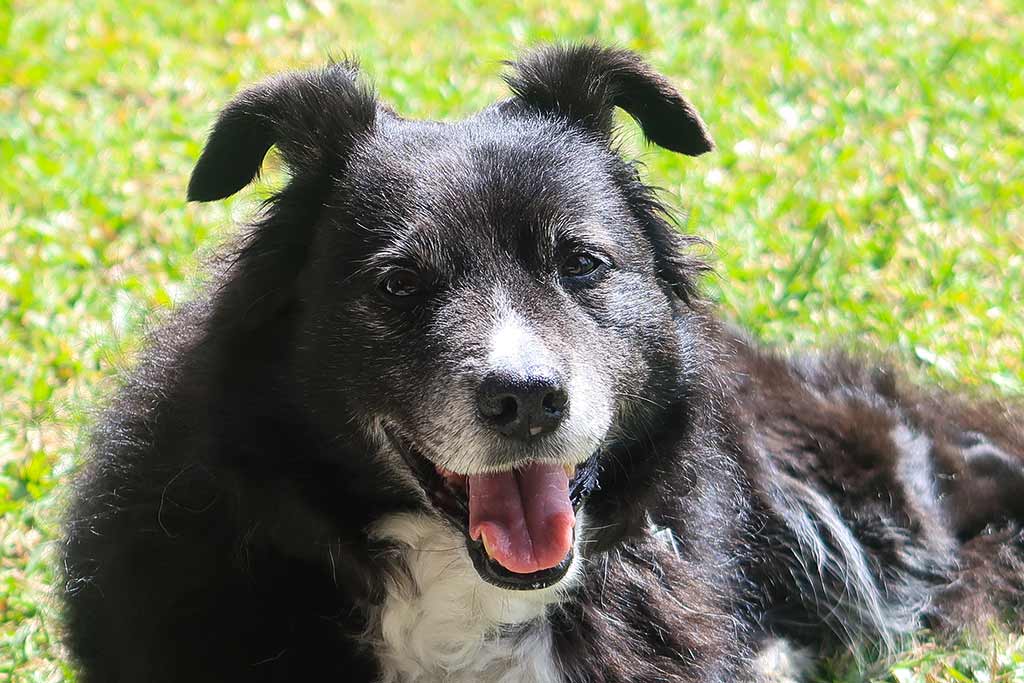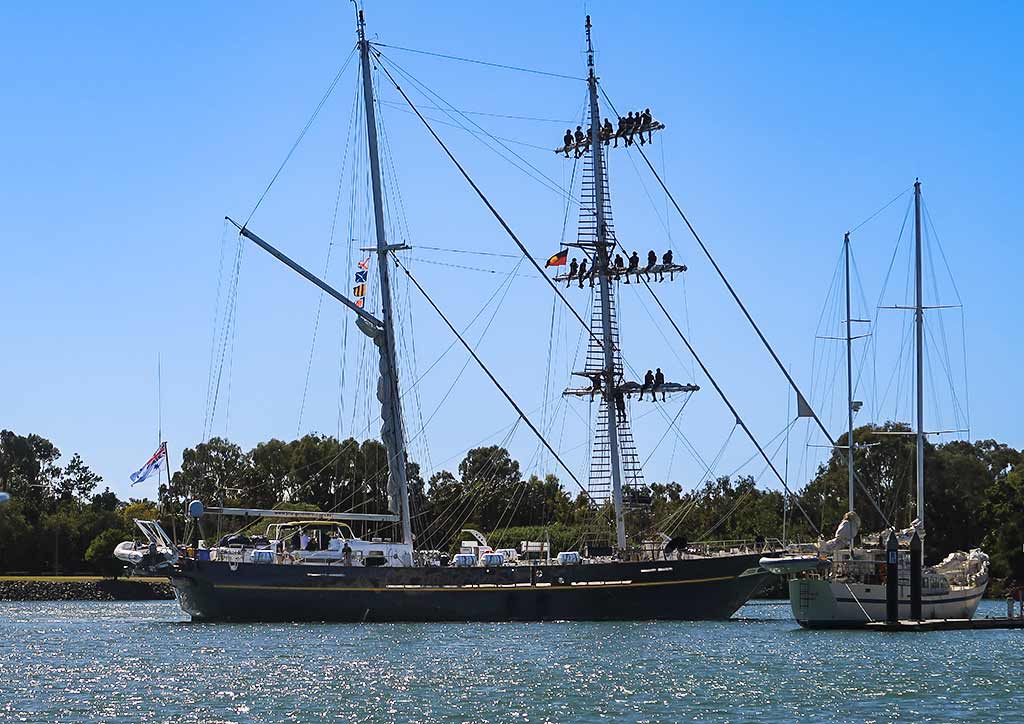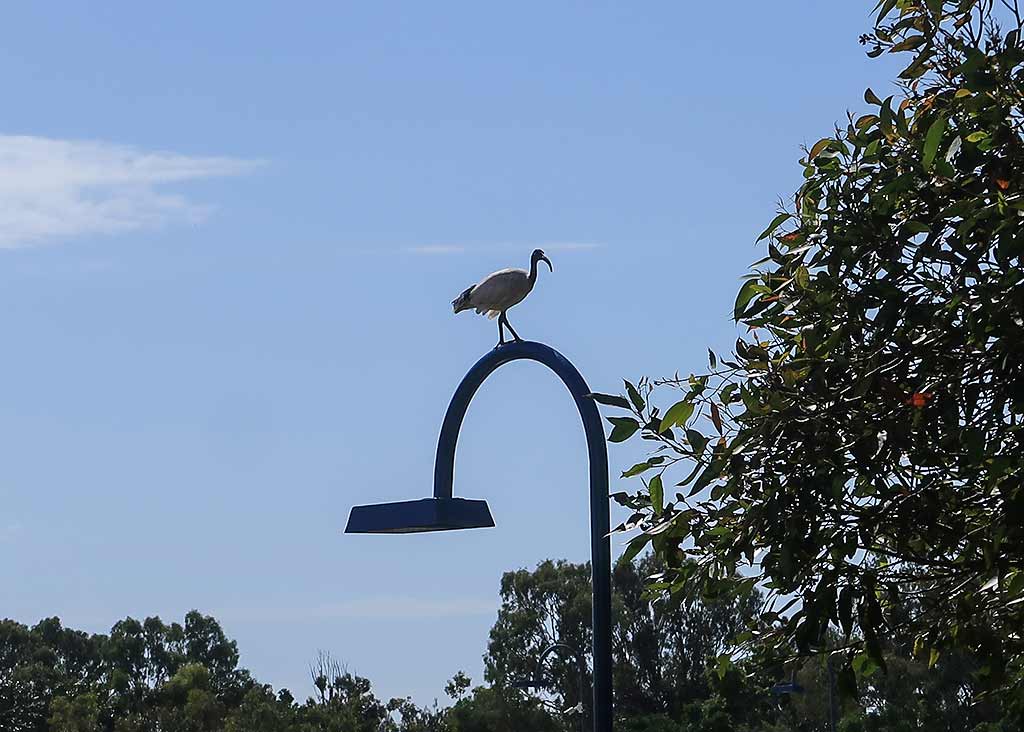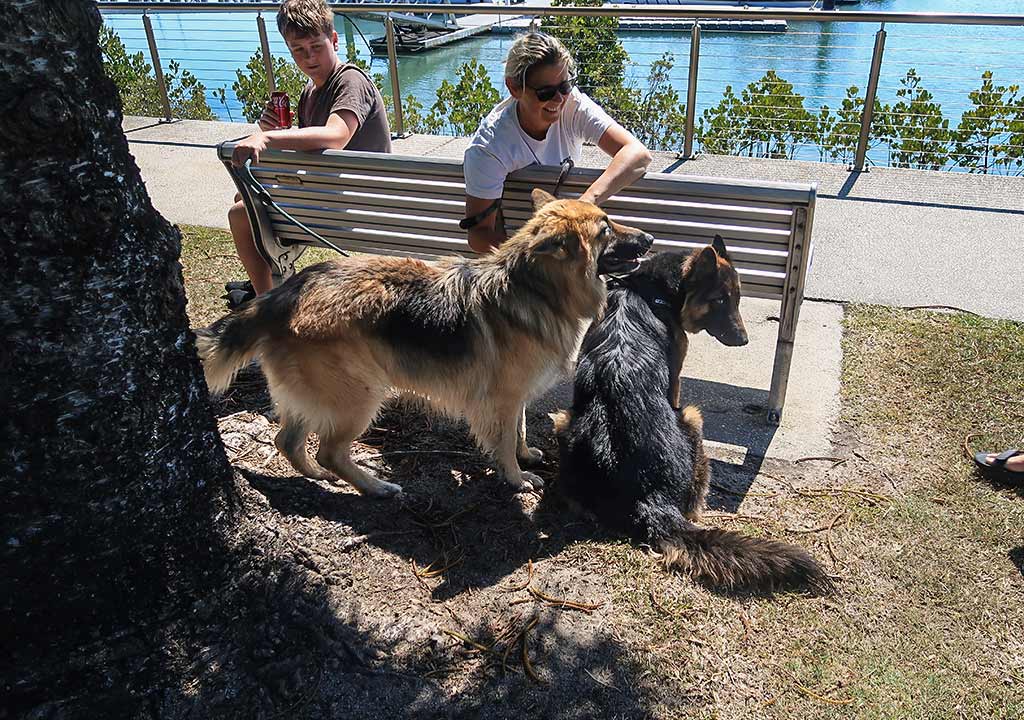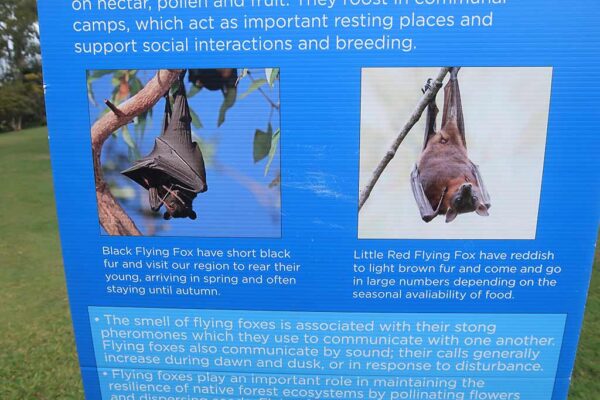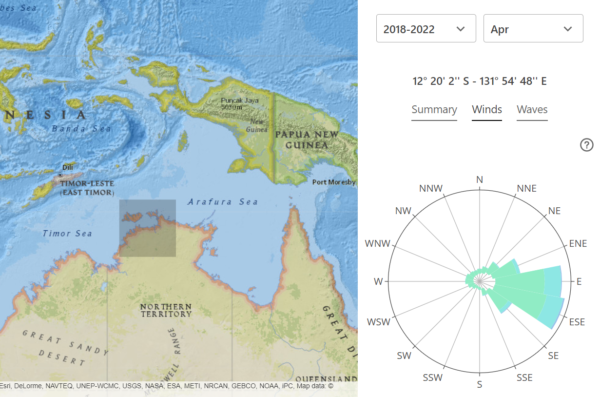Posted February 26, 2023 about
August 30, 2022
After we’ve spent some time in a new place, creating a haven of the known amidst the unknown, I sometimes experience a bout of anxiety just before we leave.
In this case, I had an attack of nerves in the middle of the night. What is it about 3am that makes things seem much more arduous and intimidating than they actually are? Being a fan of better living through chemistry, I have no qualms about using a sleep aid. It did the trick and when I woke the next morning, I felt good to go.
We took a final look at the weather forecast and saw less-than-ideal conditions. Rich was thinking we might put off leaving another day, but I pointed out some reasons why, in my opinion, heading north today would be better. Thankfully he agreed, because at this point I would have been terribly disappointed not to get going.
We said our good-byes to the staff and our neighbors, cringing to hear one friend–someone we’d spent time with on the shuttle bus and at the mall the previous day–had just tested positive for Covid. This is not exactly the sort of thing one likes to hear just as they’ve started motoring down the fairway, but what can you do? I was very glad we’d made the effort to get Covid boosters shortly after arriving in Australia.
Our first stop was the fuel dock where a woman was standing, seemingly waiting for us. I assumed she worked there as she took our bow line and ordered me not to jump off the boat (the “leap of death” she later called it). I ignored her and made that death leap so I could get our stern line tied up, a good move because the current was already pushing it out and away from the dock.
Come to find out she didn’t work there at all; so luckily I didn’t follow her orders or else Legacy’s bow would have been tied to the dock, our stern sticking way out into the water positioned much like a horse tied to a post. And neither one of us having cowboy skills, tossing a lasso all the way from the cockpit to the dock is a no-can-do. We would have been in a right pickle. (Why am I suddenly talking like a British cowboy?)
People trying to help on the dock are generally well meaning, but they don’t know our boat. Thus, we’re very careful about letting people take our lines. Generally I jump off with a bow line and direct helpers on the dock to grab a stern line from Rich. Rarely do I let anyone take the bow line as I often end up regretting it. On the other hand, there are times when people who really know what they’re doing can be a great help. It can be a difficult call to make.
In this case, the woman was simply a fellow cruiser. She and her partner had been making their way north to the Whitsunday Islands but were now giving up and turning back south. This year’s weather had been so difficult that it was just taking them too long. Wow, interesting; I sure hoped it would be better for us. We did have an advantage in not having to plan for the dreaded southerly journey against prevailing winds at the end of the season (something so many Australian cruisers have to do).
After fueling up, we headed out to the main channel. The weather was chilly, with a mild southerly wind. The overcast, cloudy skies made things feel a bit shaded and dreary, but the sky lightened up as the morning went on.
Once we entered the pass, we were in a plethora of lowlands and islands, rocky and bushy, surrounded by dark water. It was about what I’d envisioned, not beautiful but interesting. Not being able to see into the water definitely made this a marker-to-marker kind of pass.
Rich felt let down from his expectations as this pass wasn’t as interesting as he hoped. In my view, beauty is where you look for it, where you choose to see it. But it’s understandable that some might want a more obvious display. For both of us, the highlight of this trip was the channel markers being used by various birds for nesting and hunting, giving this lonely area a spark of life. Especially impressive was the biggest osprey nest we’ve ever seen!
(Below, photos taken while going through the North Pass. Click on any photo to enlarge. The huge osprey nest is in the bottom right photo in the gallery.)
At times this pass felt intimidatingly shallow, but we only saw 14 feet minimum so in the end it was no sweat, and we didn’t see any current as we excited out into the open ocean.
Once we got outside, conditions, while not bad, were also not that pleasant. It was bumpy and difficult to do anything below decks. We hoped it would improve, but an hour or so later we took a look at an anchorage called Turtle Street. We went in but the swell was going right in there. It was a no-go, not a surprise but had been worth a look.
And so we continued on what would be a 5-hour trip. Along the way the shoreline had what I’d call a pretty typical look for the Australian coast, rather craggy with low bush and an occasional beach. Below, a few photos from the trip . . .
Finally we were approaching Cape Capricorn with its long, low peninsula capped off by a high rock hill. On top of the hill was a lighthouse and two cottages. Aside from a handful of small trees, the area had the desolate, barren and windswept look that comes with being exposed to harsh, windy conditions.
I had a strange feeling when, for a moment, it looked so much like Cape Brett in New Zealand, a point we’ve rounded a few times. I wouldn’t call it a nostalgic feeling but a harbinger of something I’d end up struggling with the rest of this season. I’d describe it as a loss of a sense of place, of new sights reminding me so much of old ones that I’d feel off balance, and sometimes having to remind myself what country I’m in, what time zone I’m in, and a feeling of not being tethered to my surroundings. At this point the feeling was momentary so I didn’t think much of it.
Below, a few photos of Cape Capricorn . . .
After rounding the point we headed towards the bay. At first it looked dubious as the southeast swell was wrapping around the point and towards the bay. But if we could tuck in far enough it might not reach us. As Rich slowly motored in, the water calmed, and we dropped our hook off a nice-looking beach at the base of a cliff. We set the anchor, stopped the engine, and felt only gentle movement, a kind we actually enjoy because it makes us feel like we’re out cruising, away from the dock.
We set up our chairs in the cockpit and took in our surroundings. Off to the east was a line of squalls, the sky streaked with gray and white clouds. These clouds were actually pretty, but they made the anchorage seem more dreary than it was. Most of this area was cliffy with lots of black rock, brown dirt, some washed-out green scrubby bush, and faded orange-y grass on the hill above the cliffs. On a rocky part of the shore was a scraggy lean-to and an old truck. The water was dark, but the area with the beach was nice, especially later when the sun peeked out and lit it up. Below, a panorama of our anchorage during a moment of light.
At this moment, while this wasn’t the most attractive place we’d been; it felt like a triumph to have gotten here. We did get a bit of rain, but most of the squalls were passing safely by. As long as it didn’t get rolly this would be a fine place to spend the night.
Below a photo gallery of our anchorage, one of which I took to show the view out through the cockpit at the beach behind us. This one kind of captures the feeling of the afternoon for me.
After enjoying a glass of wine outside, exhaustion started to take over and we went below. I could feel the weeks of uncertainty and stress fall away. Mentally we’d been like young seabirds standing on a cliff top, and now we’d finally spread our wings and flown, going through the North Pass, up the coast, and now finding a place to land for the night. I knew there was so much ahead of us, much of it we could only learn by doing, This definitely marked the beginning of a new phase of our lives.
Late in the afternoon, it was pretty cool to get a beautiful God Ray display just to the north.–Cyndi

